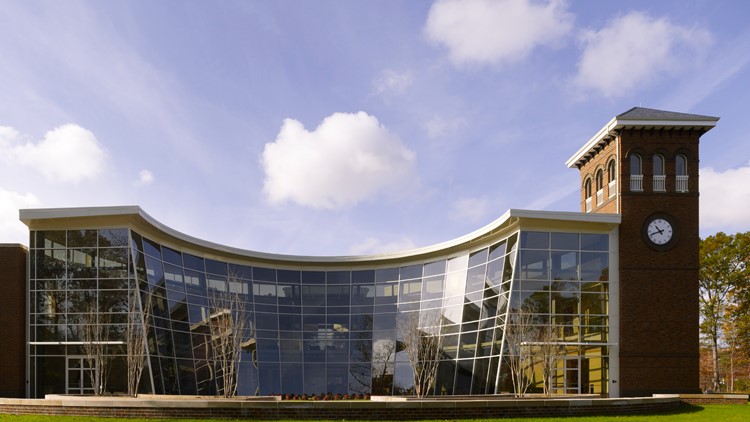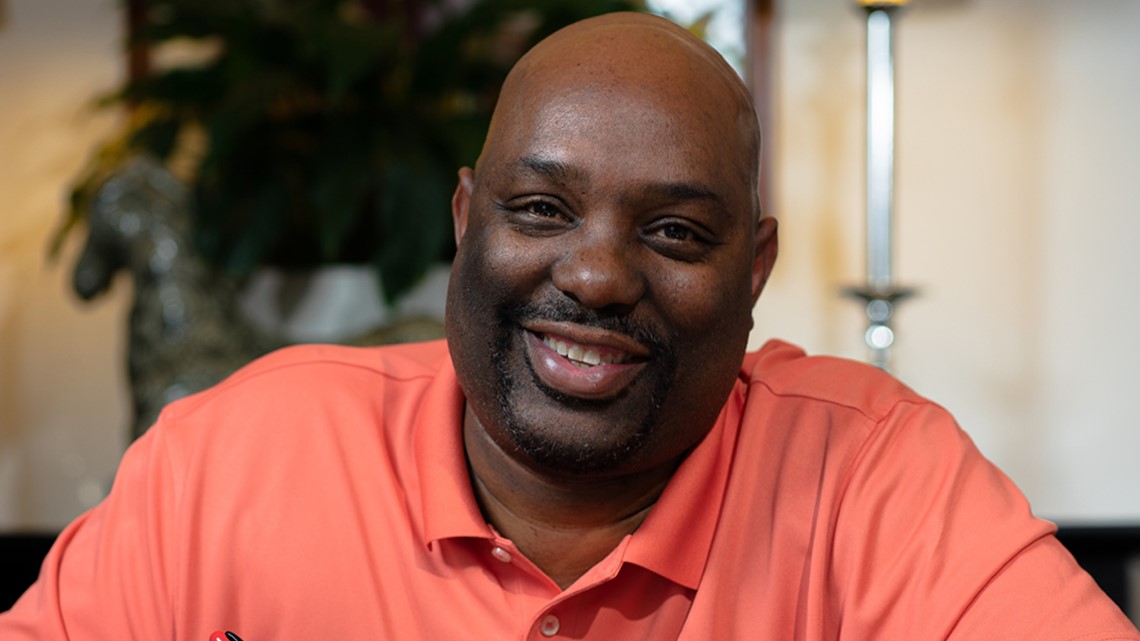Kevin Holmes received proton therapy prostate cancer treatments at Hampton University Proton Therapy Institute (HUPTI) after being diagnosed at the age of 54.
“I received the very best care ! The HUPTI staff became my Hampton Roads family while I was away from my own. My quality of life never changed, and I was routinely active – morning to night. The only physical issue was sun burning on my hips, which should soon fade. I can now let others know cancer is NOT a death sentence.”
– Kevin Holmes
“The treatment was much easier than I could have ever possibly imagined. It was as simple as getting an X-ray,” said Holmes. “I was in and out within 30 minutes of when I pulled into the parking lot and when I left.”
What is Proton Therapy ?
Proton therapy is a much more targeted version of radiation therapy. Oncologists can use specific frequencies to narrowly direct a radiation beam into a tumor, increasing the strength of the treatment and sparing a larger portion of healthy cells around the tumor.
A secondary benefit of more accurately targeted radiation is the decreased risk of secondary malignancies developing as a result of radiation exposure. The reduced risk to healthy tissue also allows physicians to increase the radiation strength per session, resulting in the need for fewer procedures to deliver the same level of radiation treatment.
As a result, patients experience fewer side effects and suffer significantly less discomfort during and after the procedure. Some patients may experience minor skin irritation or hair loss at the treatment site, which is a small price to pay when compared to the side effects of other cancer treatment methods.
Proton therapy is not an all-day experience. Proton therapy sessions take minutes, not hours, and most patients are able to return to work or their daily routine immediately following their procedure.
Proton Therapy Can Treat Many Types of Cancer
The cancer treatment specialists at HUPTI can use proton therapy to treat:
- Prostate Cancer
- Breast Cancer
- Brain and Spine Cancers
- Head and Neck Cancers
- Lung Cancer
- Gastrointestinal Cancers
- Ocular Cancer
- Pediatric Cancer
HUPTI is the brainchild of Hampton University President Dr. William R. Harvey. The facility’s team has treated more than 3,500 patients to date, and they’re ready to consult with you.
“Don’t let what your preconceived notions are stop you from going forth and asking questions with these people because these people made my life so simple with the process that I really didn’t feel like I was going through anything difficult”
– Kevin Holmes
International patients who recently received a cancer diagnosis and are looking for less invasive and disruptive options can talk to SAH Care to arrange consultation and treatment at HUPTI.











